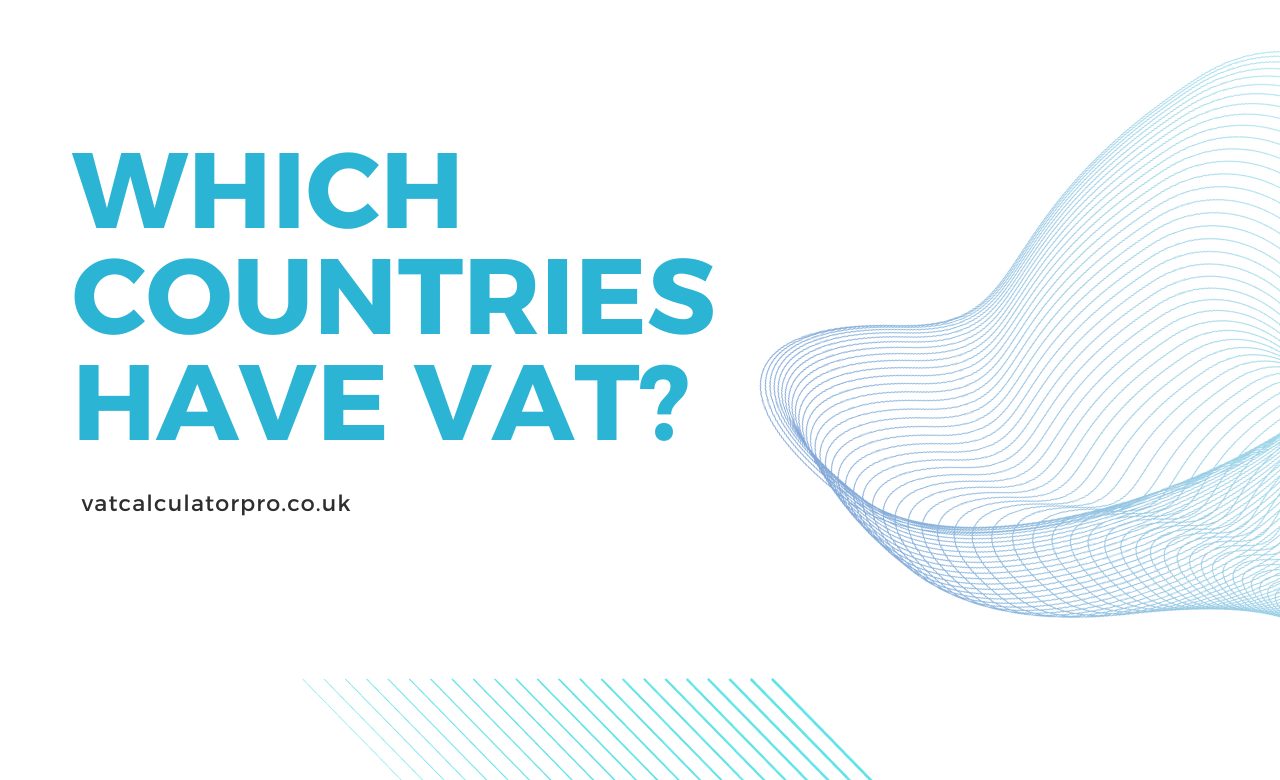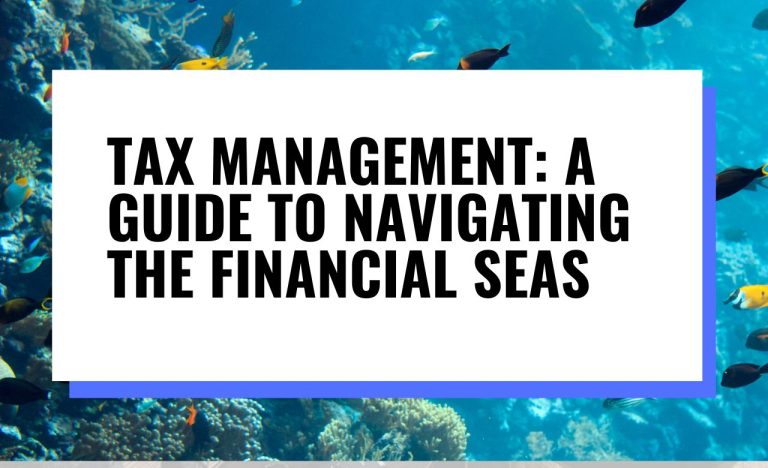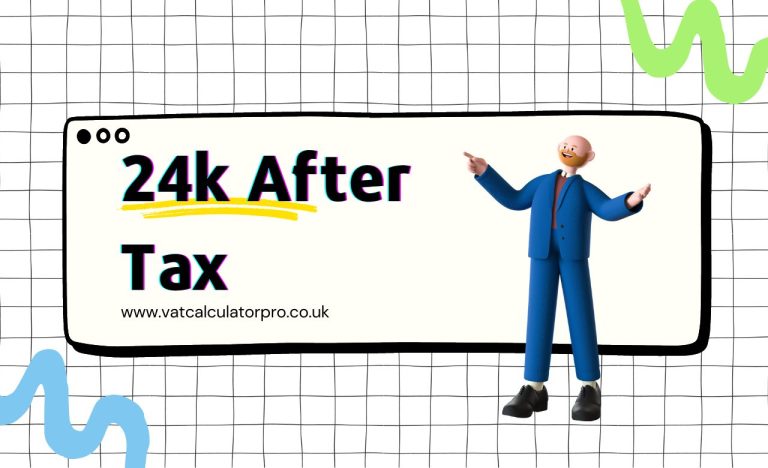Which Countries Have VAT: A Global Perspective Fully Explained!
Introduction To Which Countries Have VAT
Have you ever wondered which countries have VAT? Have you ever bought something and noticed an extra charge added to the price? That’s often VAT or Value Added Tax. It’s a fee that many countries add to the cost of things we buy, from toys to TVs.
Around the world, many countries use VAT to collect money. This money helps pay for things like schools, roads, and hospitals. So when you see VAT on a price tag, know that it’s going towards making the country a better place!
The European Connection: VAT in the EU Member States
Europe is known for its beautiful cities, tasty food, and VAT! Most European countries, especially those in the European Union, have a VAT system. It’s like a tradition they all share, much like enjoying soccer or café culture.
Each European country might have a slightly different rate, just like how pizzas can vary in taste from one place to another. But whether it’s Italy, France, or Germany, VAT is a common thread that ties the European shopping experience together.
Asia’s Adoption: Spotlight on VAT Implementations
Asia, the vast continent of diverse cultures and vibrant cities, has also hopped on the VAT train. From India’s bustling markets to Japan’s high-tech hubs, VAT has found its way into the list of which countries have VAT. It’s like adding a new ingredient to a traditional recipe.
Countries like China, South Korea, and the Philippines have their versions of VAT. While each country has its flavour of rules and rates, the essence of collecting a bit extra for the betterment of society remains the same.
Africa’s Approach to Value-Added Tax Systems
With its rich tapestry of landscapes and traditions, Africa has also embraced VAT in many of its countries. Think of it as a rhythm many nations dance to in their unique style. From the markets of Marrakech to the savannahs of South Africa, VAT plays a tune.
Nations such as Kenya, Nigeria, and Egypt have integrated VAT into their financial systems. And while the specifics might vary, the goal is similar: pooling resources for the greater good of the community and concluding the thoughts on which countries have VAT.
South America’s VAT Landscape: From North to South
South America, home to the Amazon rainforest and vibrant festivals, is no stranger to VAT. Like the diverse beats of samba and tango, VAT has different rhythms in each country. From the Andes mountains to coastal cities, it’s a common thread.
Countries like Brazil, Argentina, and Chile use VAT to fund various projects. So, when buying a souvenir or enjoying a local dish, know that a tiny portion is helping the community thrive!
Oceania’s Overview: How VAT Functions Down Under
Exploring which countries have VAT, If you go down in Oceania, where kangaroos hop, and coral reefs shimmer, VAT takes on a different name in places. In Australia, for example, it’s called the Goods and Services Tax (GST). It’s like calling a cookie a “biscuit” – a different name, but the idea is the same.
Whether exploring New Zealand’s landscapes or diving in the Great Barrier Reef, you’ll encounter this tax system. It’s all part of the region’s commitment to building a brighter future for its residents.
The Middle Eastern Model: VAT in Oil-rich Nations
As the list goes on for which countries have VAT, the Middle East, known for its golden deserts and ancient history, is gradually warming to VAT. While oil has been a primary source of income, diversification is the new buzzword. VAT is like a fresh wind blowing through age-old dunes.
Countries like Saudi Arabia and the United Arab Emirates have recently introduced VAT. It’s a modern touch to an age-old trading region, ensuring resources are used wisely for the people’s benefit.
North America’s Narrative: A Closer Look at VAT’s Presence
Now, North America has a unique story to tell. While many countries worldwide have adopted VAT, the USA marches to its drumbeat with a “sales tax” system. It’s like preferring baseball over soccer – it’s just their way!
Conversely, Canada has the Goods and Services Tax (GST) and the Harmonized Sales Tax (HST) in some areas. It’s their way of adding a touch of VAT magic to the North American continent.
The Evolution: Countries Transitioning to VAT Systems
Change is the only constant, they say. And in the world of taxes, it’s hard to say which countries have VAT, as this rings true. Many countries are now seeing the benefits of VAT and are hopping aboard the ship. It’s like trying out a new dance step and realizing it’s fun!
Transitioning to a VAT system, like learning a new language, can be challenging. But with the right tools, guidance, and mindset, countries can smoothly sail the VAT seas.
Countries with Zero or Low VAT Policies
Bahrain:
Zero VAT: The number one on the list of which countries have VAT, is Bahrain as it introduced VAT in 2019, but several goods and services like education, health, and real estate are zero-rated, meaning VAT is charged at 0% for these.
Low VAT: Other items are taxed at a standard rate of 5%, which is relatively low compared to global averages.
Kuwait:
Zero VAT: Kuwait does not have a VAT system, which means it essentially has a 0% VAT rate for all goods and services.
Oman:
Zero VAT: As of my last update in early 2022, Oman had announced plans to implement VAT, but many essential goods, including rice, fresh meat, and fish, have a 0% VAT rate.
Low VAT: Most other goods and services fall under a standard 5% rate.
Qatar:
Zero VAT: Qatar has been discussing the introduction of VAT, especially after its GCC (Gulf Cooperation Council) counterparts started adopting it. However, as of early 2022, Qatar has not implemented VAT, so the rate is 0%.
Saudi Arabia:
Low VAT: Initially, Saudi Arabia had a standard VAT rate of 5%. However, in mid-2020, the rate was increased to 15% in response to economic pressures. While this is higher than some GCC countries, it’s still low compared to many European nations.
United Arab Emirates (UAE):
Zero VAT: In the UAE, nearly 100 goods and services are zero-rated, including specific healthcare, education, and transportation services.
Low VAT: The standard VAT rate for the UAE is 5%, introduced in 2018.
Faroe Islands:
Low VAT: The Faroe Islands have a tiered VAT system. Essential goods, including certain foods and newspapers, have a VAT rate of only 5%. Other interests are taxed at 11% or 25%, depending on their classification.
Switzerland:
Low VAT: Switzerland boasts one of the lowest VAT rates in Europe. Essential goods like food, drugs, and books are taxed at a reduced rate of 2.5%. Most other goods are taxed at a standard rate of 7.7%, which is still comparatively low.
Liechtenstein:
Low VAT: Sharing many policies with neighbouring Switzerland, Liechtenstein has a standard VAT rate of 7.7%. Essential items are taxed at a mere 2.5%.
Luxembourg:
Low VAT: Luxembourg has the lowest standard VAT rate in the European Union at 17% if we mention about which countries have VAT. It also offers reduced rates of 14%, 8%, and 3% for various goods and services, with essentials like food and books getting the lowest rates.
Singapore:
Low VAT: Known as the Goods and Services Tax (GST) in Singapore, the rate is a modest 7%. However, discussions have been ongoing about potential increases to manage future fiscal needs.
It’s important to note that, which countries have VAT with low or zero VAT policies often have other forms of taxation or revenue streams. For example, many Gulf nations have significant oil revenues, which can offset the need for high VAT rates.
Similarly, countries might have higher corporate taxes, import duties, or other fiscal tools to manage their economies. Tax policies are dynamic and can change based on a nation’s economic needs and strategic decisions.
Conclusion Which Countries Have VAT and The Future of VAT
As we’ve journeyed across continents, one thing is clear: VAT is more than just a tax; it’s a global trend. From the bustling bazaars of Asia to the serene landscapes of Oceania, VAT online has touched lives and economies.
As the world grows closer, understanding systems like VAT becomes essential. It’s not just about spending money but also about being a part of a global community. As we look to the future, the waves of VAT will continue to ripple, touching shores near and far.
And there we have it – a whirlwind journey exploring the which countries have VAT. No matter where you are, the essence of VAT, of sharing for the common good, remains the same. Happy exploring!






